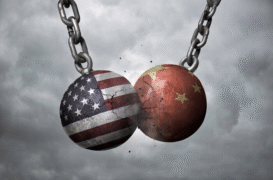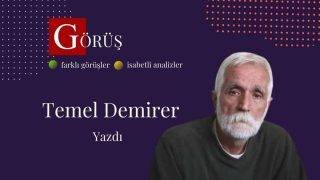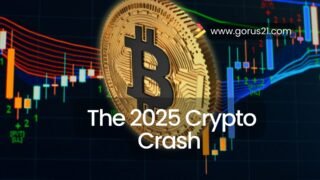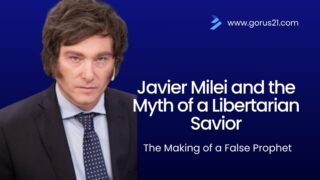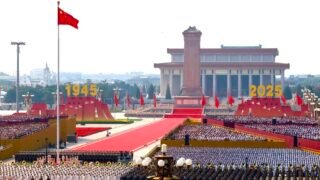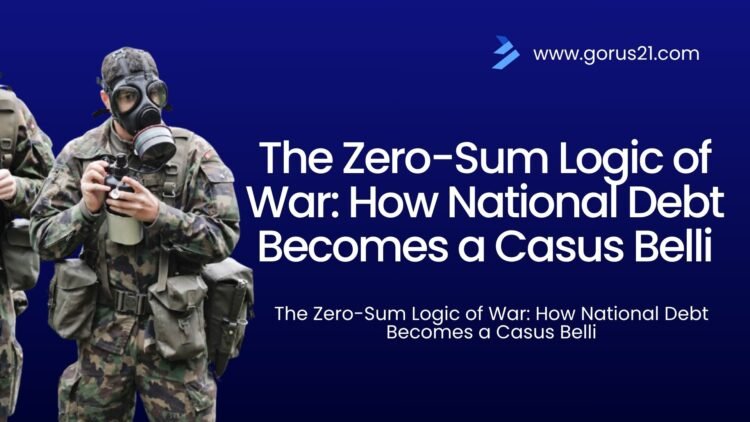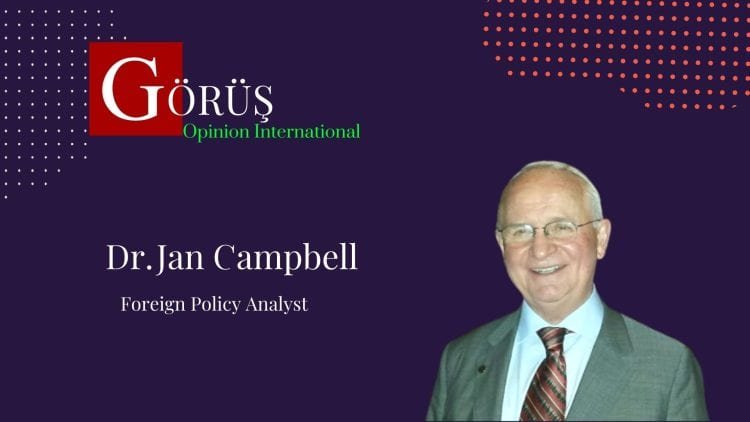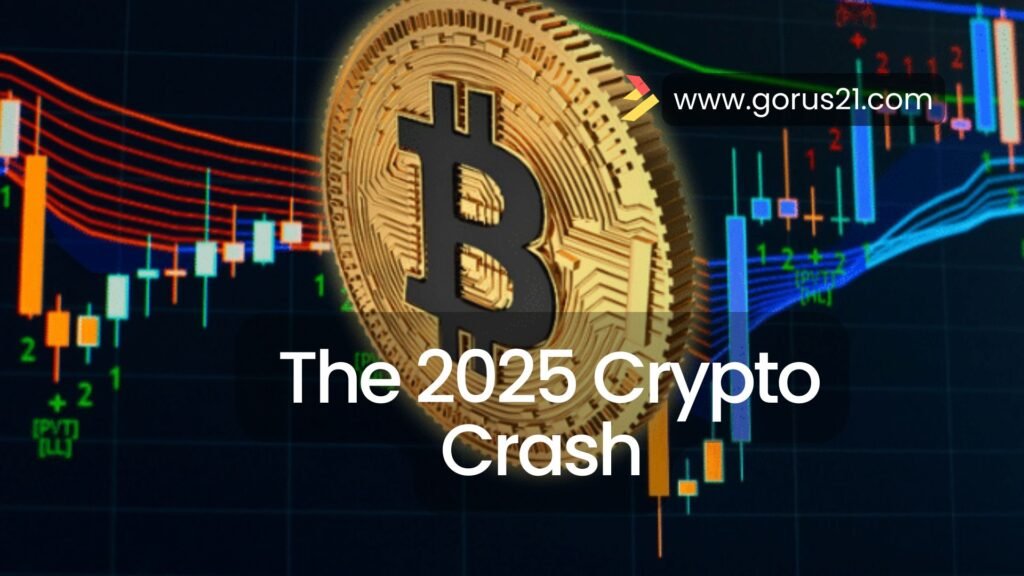
The 2025 Crypto Crash: How a US Tariff Announcement Wiped Out $1 Trillion and Exposed the Systemic Instability of Decentralized Finance.
Recent global markets were rattled by seismic shockwaves that violently exposed the deep interconnection—and vulnerability—of decentralized digital currencies to traditional macroeconomic forces. The turmoil, which resulted in one of the most brutal crypto market crashes ever , offers a critical lens through which to examine financial volatility and the challenges of the “permacrisis” era.
The single, massive geopolitical trigger that caused this immediate systemic instability in October 2025 was a staggering escalation from Washington, D.C.. The US President announced the immediate imposition of 100% tariffs on China, specifically targeting critical software and broad categories of Chinese imports, set to begin November 1st. This move was seen less as trade policy and more as an “economic declaration of war,” immediately sparking fears of a renewed, full-blown trade war between the world’s two largest economies.
Traditional markets reacted violently, confirming the severity of the threat. The geopolitical tension instantly pushed global markets into a “fundamental risk-off mode“. Investors dumped risk assets, with the S&P 500, the benchmark for big US stocks, dropping a significant 2.7%. Crucially, Bitcoin followed the S&P 500 drop almost in lockstep. This synchronized downward movement confirmed that the crypto market was not acting as a decentralized, uncorrelated safe haven or a hedge against global finance, but simply as an exposed component of the broader traditional macroeconomic system.
While the S&P 500 experienced a bad day on Wall Street, the crypto market’s underlying structure amplified the stress into an absolute disaster zone. The sheer scale of the crypto carnage around October 10th and 11th, 2025, was staggering and unprecedented.
- Bitcoin (BTC) tumbled over 10% in just 24 hours, dropping from an intraday high of $122,456 down to a low of $105,262.
- Other major assets experienced disproportionately catastrophic losses due to thinner order books and high leverage. Ethereum (ETH) fell 12.15%, and XRP plunged 13.17%.
- For the long-tail altcoins that form the speculative bulk of the market, some reports indicated drops of up to 90% in the chaos.
This was not just a market correction; it was a complete financial catastrophe where investors’ assets vanished instantly. Over $1 trillion in total crypto market capitalization was reportedly wiped out in mere hours.
The disappearance of wealth ties directly into the market’s mechanics, particularly the use and abuse of financial leverage. The October event set an infamous record, resulting in the largest single liquidation event in history, with over $19.16 billion in leveraged trading positions wiped out in hours. This single event’s liquidation volume was nearly 20 times greater than that seen during the notorious March 2020 COVID crash.
The speed and size of the move wiped out an astonishing 96% of futures traders, many of whom were highly leveraged retail investors.
The Amplification of Panic
The crash accelerated so violently due to a confluence of factors:
- Thin Order Books: Crypto markets often have thin order books, meaning there aren’t enough buyers at different price levels to absorb large sell orders. When the massive sell order, triggered by the geopolitical news, hit, the price rapidly collapsed because there was no “buying depth” to catch the fall.
- Wide Spreads: The large gap between the best buy price and best sell price meant more slippage on big orders.
- Algorithmic Cascade: Automated trading bots and algorithms, programmed with automatic stop-loss orders, exacerbated the free fall. An initial drop triggered a cascade of forced selling, which in turn triggered massive cascading margin calls for all leveraged investors, creating a self-fulfilling prophecy of panic. The system, in effect, is designed to accelerate panic and concentrate losses.
The Paradox of Centralized Capture
Despite the widespread retail panic and the $19 billion liquidation event, a calculated movement occurred simultaneously. Behind the panic selling, “smart money”—institutions, hedge funds, and large, well-capitalized investors—were observed quietly accumulating. They viewed the massive algorithm-driven pullback not as a disaster, but as a strategic accumulation opportunity to buy cheap.
This pattern, also seen after the March 2020 crash, reinforces the idea that institutional money treats these volatility cycles as predictable events, ready to capitalize on the systemic losses of the retail investor. The volatility itself acts as a mechanism for wealth transfer, moving capital from the highly leveraged retail speculator to the well-capitalized institutional player.
This structural transfer of risk and wealth leads to the fundamental academic critique: that cryptocurrencies, rather than reforming or replacing finance, take financialization—the dominance of finance over the real economy—to its absolute extreme.
The Critique of Crypto as “Finance Capitalism”
While Bitcoin’s origins trace back to the anti-establishment sentiment of the 2008 financial crisis, aiming to be a trustless system bypassing intermediaries like banks , the current reality suggests a different outcome.
- Reinforcement of Concentration: While the ledger is distributed, the means of production—the mining and staking industries—are inherently capitalist, requiring massive, centralized capital expenditure for specialized hardware and cheap energy. This structure reinforces existing financial power dynamics.
- Shift to Pure Speculation: The pursuit of profit shifts away from tangible, real economic activity (like production or creating jobs) toward pure speculation. When assets are valued based on volatility and momentum rather than fundamentals, systemic risk is created and perpetuated, violently demonstrated by the $19 billion liquidation event.
- Inappropriate Medium of Exchange: Bitcoin is deemed an inappropriate medium of exchange because its price, expressed in the dominant fiat currency (the US dollar), fluctuates wildly. This volatility forces any actor using it to simultaneously gamble on every single transaction, undermining its viability as a stable store of value or a reliable unit of account.
- Wealth Concentration: The promise of wealth redistribution has not materialized. Ownership remains highly concentrated, with the vast majority of the wealth held in Bitcoin located with the wealthiest wallets. This suggests that institutional accumulation and the advantage of early adoption overshadow any meaningful democratic wealth transfer.
- Ecological Damage: Bitcoin’s security is directly tied to massive energy consumption through its Proof of Work (PoW) consensus mechanism. The system is deliberately designed to be energy-intensive because the cost of computation ensures its security and immutability. This results in an increasing amount of carbon dioxide being released and significant e-waste, making a system reliant on such energy waste fundamentally unsustainable.
The Permacrisis and the Push for CBDCs
The 2025 crash was not an isolated accident but a clear symptom of a larger structural problem: the permacrisis. Permacrisis is defined as a permanent state of interconnected instability, where a crisis in one component (like tariffs) instantly engenders crises in seemingly unrelated others (like the swift collapse in the S&P 500 or the catastrophic crypto crash).
This instability manifests as asset price instability—long-term, irregular cycles of relentless bull markets followed by brutal bear markets, where prices swing wildly outside of what real economic fundamentals dictate. A key amplifier is the dominance of computer-based technical or algorithmic trading systems. These systems systematically disregard market fundamentals, chasing momentum signals generated by price action itself. They exploit and reinforce short-term trends, leading to market overshooting and ultimately accelerating crashes on the way down.
This financial volatility is transmitted into the real economy through three critical channels:
- Distribution Channel: Rapid and unpredictable shifts in wealth distribution, caused by volatile asset prices, affect consumer spending and overall economic confidence.
- Valuation Channel: Changes in the valuation of financial wealth, like the sudden devaluation of crypto assets, make existing dollar-denominated debt exponentially heavier, which then freezes credit markets and stalls economic activity.
- Incentive Channel: When speculation on highly volatile assets becomes incredibly lucrative, it draws immense amounts of capital and talent away from long-term productive activities like investment in manufacturing or R&D. This process of financialization systematically diverts capital toward rent-seeking speculation, slowing down global economic growth.
The Rise of Central Bank Digital Currencies (CBDCs)
Given the sustained systemic risks inherent in unregulated crypto assets, central banks are moving rapidly to develop Central Bank Digital Currencies (CBDCs). These centralized, state-backed digital solutions are viewed as an inescapable necessity to preserve monetary sovereignty and the efficiency of monetary policy.
A CBDC is designed to be the absolute safest digital liquid asset. Unlike decentralized crypto, it relies on a centralized permissioned Distributed Ledger Technology (DLT). This centralization allows a central bank to maintain crucial control, ensure the public good nature of money, and guard comprehensively against illegal operations like money laundering.
CBDCs embrace efficiency benefits while explicitly rejecting the anti-authority philosophy of Bitcoin. Their features include:
- Compliance: Ensuring full compliance with international legal standards on preventing money laundering, terrorist financing, and the financing of weapons of mass destruction.
- Programmability: The potential for the currency to be pre-programmed for specific uses under warranted conditions.
The most essential systemic advantage of interoperable CBDCs is the potential to eradicate most, if not all, cross-border payment costs. This is seen as a fundamental game changer that could force greater multilateral cooperation and ultimately stabilize the entire international monetary system, potentially even resolving the costly Triffin dilemma.
The Triffin dilemma is the inherent conflict faced by a nation whose currency is the global reserve currency (like the US dollar), which must run continuous deficits to supply enough global liquidity, but in doing so, erodes confidence in its own long-term stability. Interoperable CBDCs could resolve this asymmetry by allowing a managed shift toward a multilateral reserve asset, managed as a global public good.
However, the entire potential relies on universal interoperability. If governments fail to cooperate and develop competing non-integrated systems, financial segmentation could worsen, leading to fragmented global payment rails and massive instability.
Conclusion: Stability vs. Speculation
The $19.16 billion liquidation event serves as a powerful, real-time illustration of the inherent dangers in volatile, non-fundamental-driven assets. It reinforces the academic argument that innovations like cryptocurrencies, in their current form, tend to sustain and even increase systemic financial instability.
The comparison with state-backed digital solutions like Brazil’s DREX or investigations into a digital euro highlights a stark split in the contemporary financial debate:
- Crypto: Promises the seductive freedom from central authority, but its extreme volatility, lack of consumer protection, and concentration of wealth expose investors to catastrophic, swift losses amplified by leverage and algorithms.
- CBDCs: Though more controlled and bureaucratic, they offer the foundational safety and stability required for a reliable medium of exchange that aims to protect the public interest and modernize payment systems within a regulated framework.
The fact that smart money institutions were quietly accumulating crypto assets during the tariff-sparked crash raises the ultimate question: Was the promised decentralization of crypto merely a highly volatile transition mechanism—an efficient, if brutal, way for existing centralized financial power to capture the next great wave of digital assets?
Sources:
Gal Benshushan, The Rise of Bitcoin, Economic Inequality and the Ecology: 468 (1).pdf
Bitcoin’s Flash Crash Sees $7B Crypto Liquidation as Trump Ramps Up China Trade War: https://www.coindesk.com/markets/2025/10/10/bitcoin-crashes-below-usd110k-cryptos-in-freefall-on-further-trump-tariff-on-china
Crypto crash: Bitcoin and Ethereum plummet after Trump imposes 100 per cent tariffs on China: https://www.independent.co.uk/news/business/crypto-bitcoin-crash-trump-china-tariff-b2843621.html
The Political Economy of Crypto Assets: World Dependency on Digital Financialization: https://jurnal.ugm.ac.id/globalsouth/article/view/93107/pdf
The political economy of Bitcoin as legal tender in El Salvador: https://www.wider.unu.edu/publication/political-economy-bitcoin-legal-tender-el-salvador
Crypto Market News [LIVE] Updates, Donald Trump Tariff News, Bitcoin News Today: https://www.tradingview.com/news/coinpedia:f1d401a56094b:0-crypto-market-news-live-updates-donald-trump-tariff-news-bitcoin-news-today/
THE POLITICAL ECONOMY OF BITCOIN: https://onlinelibrary.wiley.com/doi/abs/10.1111/ecin.12291
Finance, Growth and Democracy: Connections and Challenges in Europe and Latin America in the Era of Permacrisis: https://link.springer.com/book/10.1007/978-3-031-68475-3
Vasilis Kostakis, At the Turning Point of the Current Techno-Economic Paradigm: Commons-Based : Peer Production, Desktop Manufac turing and the Role of Civil Society in the Perezian Frame work Vasilis Kostakis: jeverett,+Journal+manager,+KOSTAKIS (1).pdf



